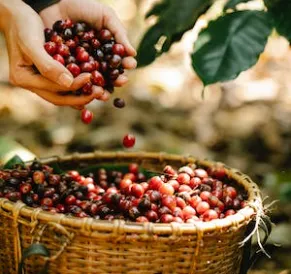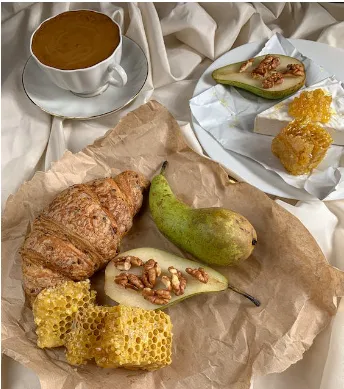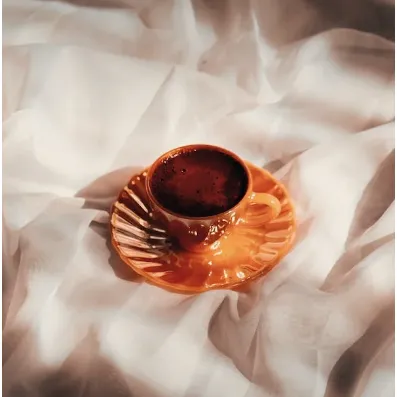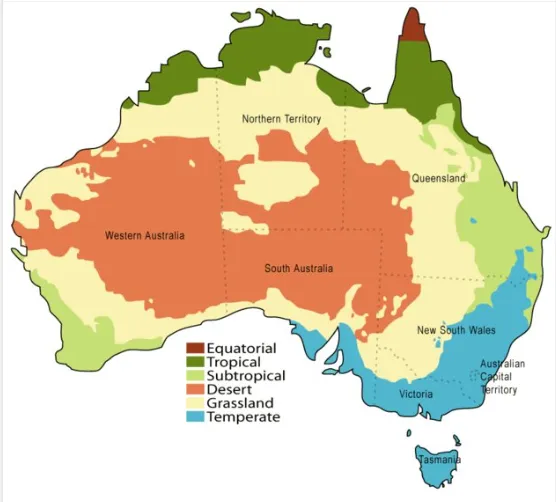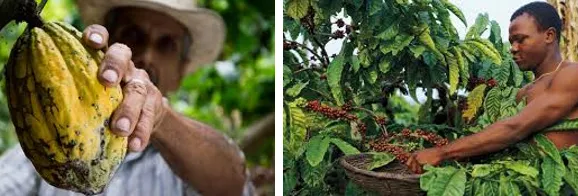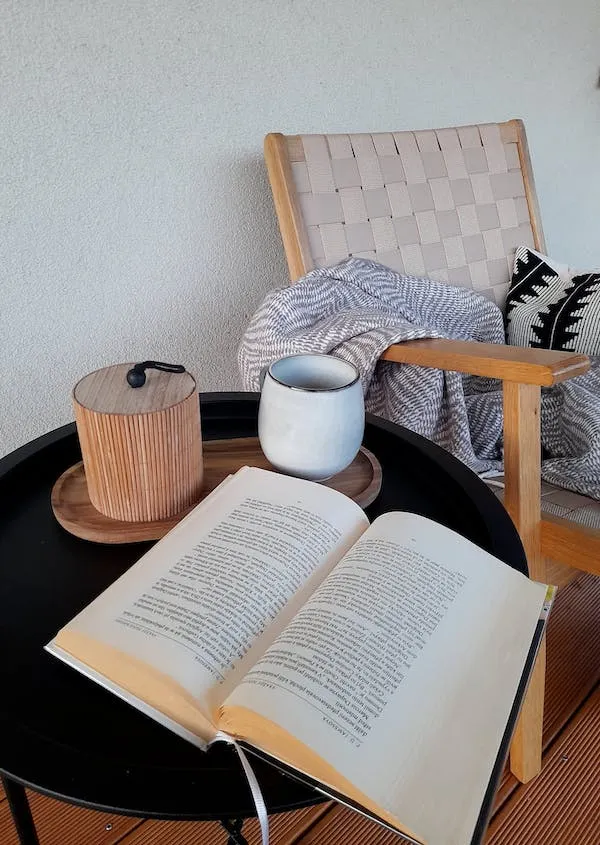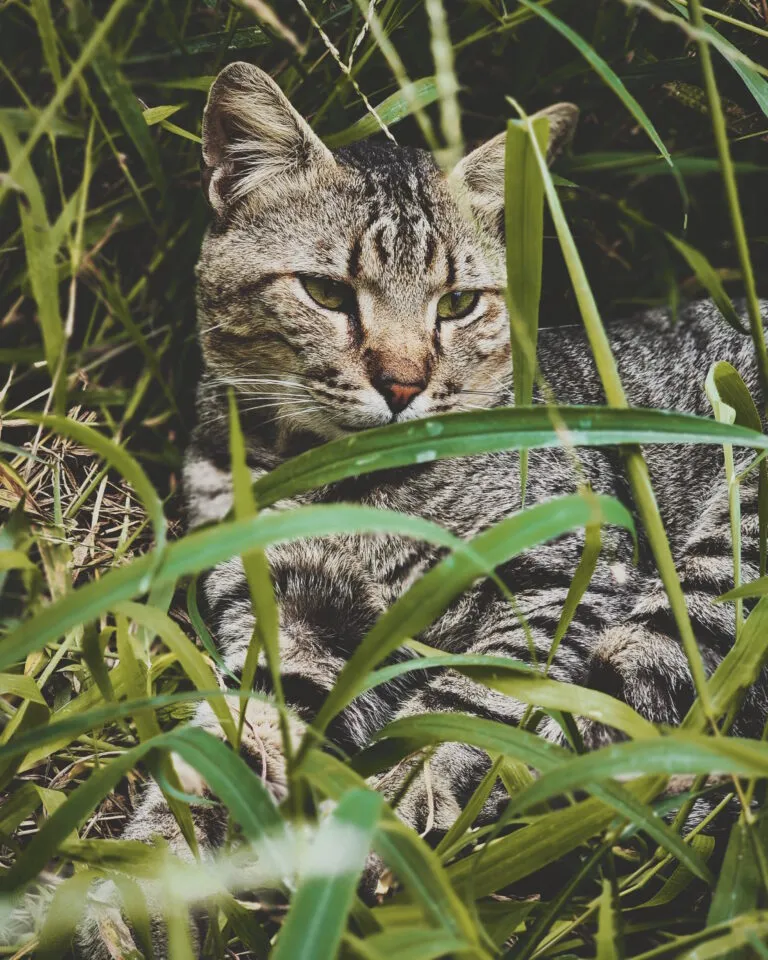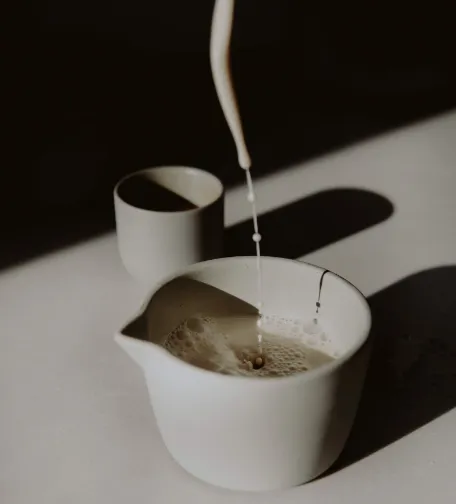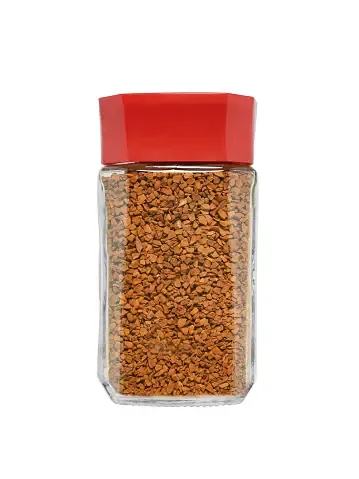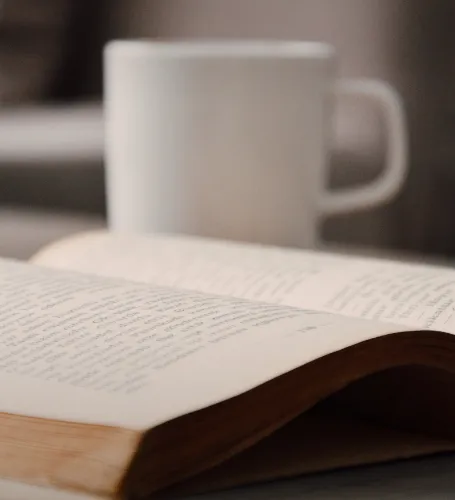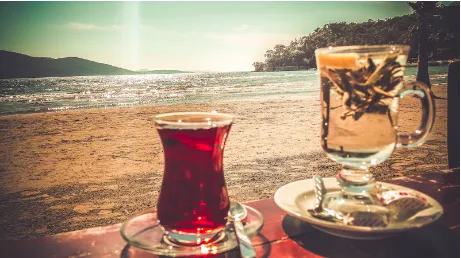The Different Types of Beans the World Over!
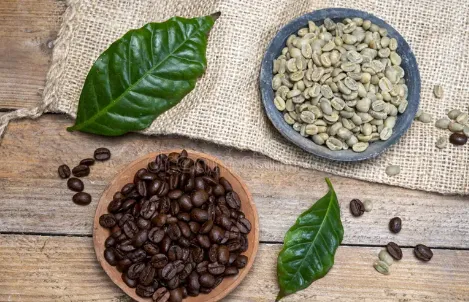
Grab your favourite mug and let’s dive into the wonderful world of coffee beans!
There’s so much more to coffee than just a simple morning pick-me-up. From the lush slopes of coffee plantations to the roasting process that brings out unique flavours, coffee beans offer a fascinating journey for your taste buds. So, let’s explore the different types of coffee beans that are sure to enlighten your coffee experience.
Imagine walking through the sprawling coffee estates of Colombia, Ethiopia, or Brazil. These regions are home to some of the most famous coffee beans, each with its own distinct characteristics. The two primary types of coffee beans that dominate the market are Arabica and Robusta. Let’s break down these two main players:
Arabica Beans
These beans are often referred to as the connoisseur’s choice. Arabica plants thrive in higher elevations, usually at altitudes above 2,000 feet. This elevation leads to slower growth, resulting in beans that are rich in flavour complexity. Arabica beans are known for their delicate taste, often described as smooth and mildly acidic. They can have a wide range of flavour notes, from fruity and floral to nutty and chocolaty. This variety in flavour profiles is influenced by factors like the region, soil, and processing methods.
Robusta Beans
If Arabica beans are the sophisticates, Robusta beans are the bold and robust characters. Grown at lower altitudes, these beans are more resilient and have higher caffeine content compared to Arabica. The taste is often described as earthy and nutty, with a slightly bitter aftertaste. Robusta beans are the go-to for many espresso blends due to their strong flavour and creamy crema. They also tend to hold up well in milk-based drinks, making them a favourite for cappuccinos and lattes.
Now that we’ve covered the main types, let’s take a tour of some specialised varieties that showcase the diverse flavours of the coffee world:
Ethiopian Yirgacheffe
This coffee hails from the birthplace of coffee itself. Known for its bright acidity and floral undertones, Ethiopian Yirgacheffe beans are a delight for those seeking a unique and vibrant flavour. Imagine sipping a cup that reminds you of jasmine and blueberries – that’s the magic of Yirgacheffe.
Kenyan AA
Grown in the high plateaus of Kenya, these beans are a testament to the power of terroir. Kenyan AA beans are celebrated for their full body, wine-like acidity, and citrusy notes. They often leave a lingering sweetness, making them a favourite among those who enjoy a balanced and memorable cup.
Jamaican Blue Mountain
This rare gem is cultivated in the Caribbean’s misty Blue Mountains. With a mild flavour, smooth body, and bright acidity, these beans offer a refined experience. However, their scarcity and demand make them quite the luxury.
Sumatra Mandheling
If you’re a fan of earthy and complex flavours, Sumatra Mandheling is your pick. Grown in Indonesia, these beans have a heavy body, and low acidity, and often feature notes of dark chocolate, tobacco, and spices.
Hawaiian Kona
The slopes of Hawaii’s Big Island are home to Kona beans. With a medium body, bright acidity, and nutty undertones, Kona coffee captures the essence of the tropical paradise it originates from.
Brazilian Santos
Brazil is one of the largest coffee producers in the world, and its beans are known for their mild, nutty taste. Brazilian Santos beans are versatile and often used as a base in many coffee blends.
Guatemalan Antigua
Grown in the highlands of Guatemala, Antigua beans offer a balanced cup with medium acidity and flavours that range from cocoa and spices to a hint of smokiness.
Now that you’re armed with the knowledge of these diverse coffee beans, you can embark on a journey to explore different flavours, aromas, and origins. Whether you’re a dedicated coffee aficionado or just beginning to delve into the world of coffee, trying various types of beans can be an exciting and enlightening experience. Next time you take a sip of that freshly brewed cup, think about the journey those beans have taken from the lush fields to your mug – it might just make your coffee taste even better!






